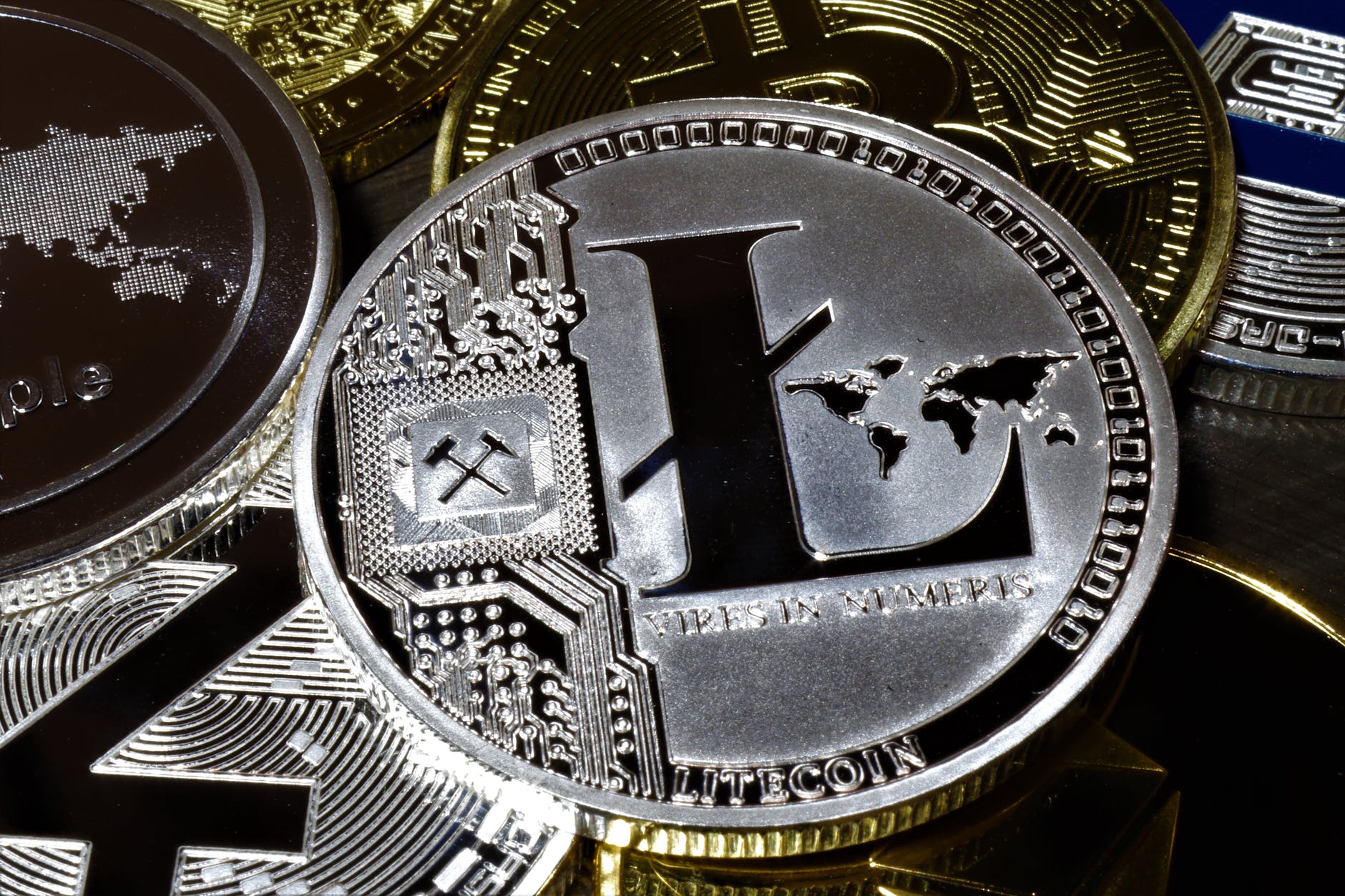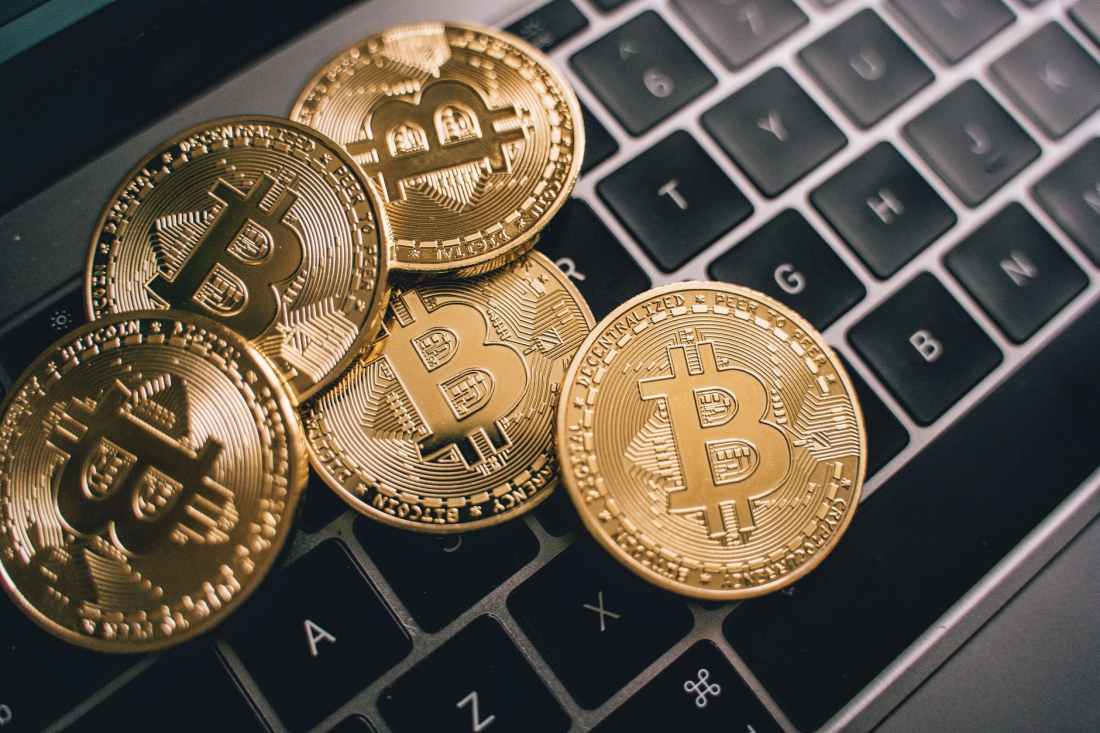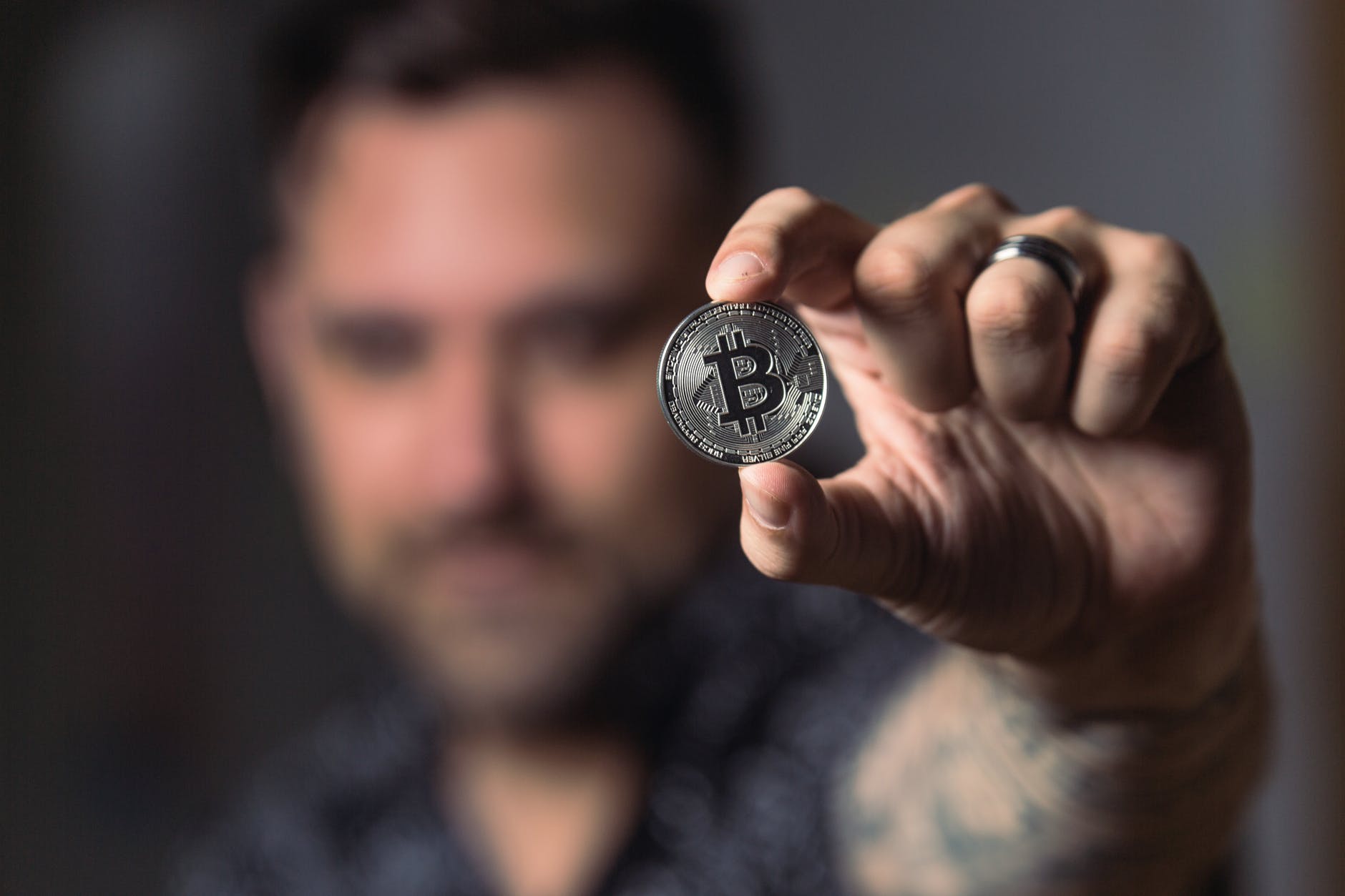Bitcoin is a form of cryptocurrency. But what is its history? It has been around for over 10 years. The concept of cryptocurrency was first introduced by computer engineer Wei Dai, who published a paper in 1998 discussing a concept known as “B-money” – a form of digital currency that could be sent along the Internet by anonymous, untraceable digital pseudonyms. A few years later, another attempt at digital currency was Bit Gold, drafted by blockchain pioneer Nick Szabo. Those inefficiencies sparked the development of digital currency.
Bitcoin
Bitcoin is a form of cryptocurrency that allows individual users to send money over the internet without the intervention of governments or central banks. Its development was prompted by notions of ‘sticking it to the man’. Today, the currency has gained widespread institutional adoption. Many governmental bodies are considering moving into the cryptocurrency space and are considering central bank digital currencies. But how do these new currencies differ from Bitcoin? Let’s look at each of these in turn.

Bitcoin was not the first electronic cash system. It wasn’t even the first implementation of public key cryptography or blockchain technology. But it was the first modern cryptocurrency that incorporated many of these elements into a single system. Prior to Bitcoin, other electronic cash systems didn’t attract much attention or even establish a viable financial market. It was only later that Bitcoin began to rise in value and popularity. The emergence of cryptocurrencies was spurred by a variety of problems, and these were eventually addressed by new technologies.
Historically, the world has been plagued by banking crises, and cryptocurrencies have emerged to meet this need. The technology has evolved over the years, from its humble beginnings as a way to send payments to the most complex transactions. Emerging economies are underbanked and undeveloped, so they are primed for a revolution. However, despite the hype surrounding cryptocurrency, there are still many questions to be answered. Understanding the technology behind cryptocurrency can give you a competitive edge in the coming years.
Bitcoin’s popularity is still fairly recent, but it’s early days were characterized by widespread censorship. However, this was soon challenged by the introduction of Litecoin, the first widely-accepted cryptocurrency. Litecoin, a proof-of-work alternative, was released six months later. In fact, it was the first hybrid cryptocurrency, combining the advantages of both proof-of-work and proof-of-stake systems.
Litecoin
The history of Litecoin started in October 2011, when Charlie Lee, an employee at Google, left the company to develop a cryptocurrency. Seeing that Bitcoin was growing too quickly, Charlie noticed that there was a need for a new type of cryptocurrency. Lee created a new protocol and modified the code of Bitcoin to create Litecoin. Despite some rumors to the contrary, Litecoin is now one of the most popular cryptocurrencies on the internet.

Litecoin’s development began in October 2011. Charlie Lee, a computer scientist, developed the software for Litecoin and published it as open-source software. As a result, Litecoin gained popularity and was criticized as a near-identical copy of Bitcoin. However, the rapid growth of Litecoin demonstrated the ease of developing new cryptocurrencies. While Litecoin was not as popular as Bitcoin, it was still an improvement over the original.
The success of Litecoin has been attributed to its large community. Since it’s one of the oldest cryptocurrencies on the market, it has managed to build a thriving community. As a pure cryptocurrency, Litecoin only functions as an Internet money. This means that the number of people trading Litecoin is critical for the long-term success of the project. So, if you’re looking to invest in Litecoin, be sure to read up on its history.
Litecoin was first introduced to the public in 2014. It soon climbed the ranks of cryptocurrency rankings and reached over $350 per Litecoin. Soon after, Charlie Lee sold all of his Litecoin, refusing to be a part of the Litecoin network. This left many of his followers disappointed and lost faith in the project. However, other developers improved the blockchain network of Litecoin. It later became a basis for other crypto coins.
Namecoin
In the History of Namecoin, we’ll take a look at the technology behind the currency. Namecoin is a key/value pair registration system based on Bitcoin technology. It is a means of recording arbitrary names and transferring keys to them, but also a general-purpose data-value store. The name of the currency itself is a digitized identity, which can be used in various situations.
The Namecoin concept originated on the Bitcointalk forum in 2010. The original name of the project was BitDNS, and the discussions were based on a previous IRC discussion. Gavin Andresen and Satoshi Nakamoto supported the idea of creating a blockchain-based DNS. The project’s developers offered a reward to anyone who could develop the corresponding code. The reward was given to “Vinced”, a rumored name for the developer. This person’s efforts led to the creation of Namecoin, and subsequently, other developers contributed various applications to the currency.
The Namecoin project is currently in its development stage, but its goals are clear: to create a domain name service based on blockchain technology. As the first coin to copy Bitcoin code, Namecoin also added an identity system to store identity data on websites. Namecoin has a thriving community and thousands of applications, and its goal is to be more than a cryptocurrency. So, it’s easy to see why the Namecoin cryptocurrency has become so popular!
The smallest currency unit in Namecoin is the swartz, similar to the satoshi of Bitcoin. Namecoin’s currency is issued in a proof-of-work scheme, and transactions are irreversible. It’s also possible to rotate your TLS server keys without any difficulty. The only difference is that when you choose to revoke a certificate, you must initiate a blockchain transaction.
Dogecoin
If you’re wondering where Dogecoin originated, it was created by two computer science students and is now a cryptocurrency. The coins are widely available on crypto currency exchanges, though not all of them carry Dogecoin. Miners mine Dogecoin using their GPUs on desktop and laptop computers. Dogecoin is on a steep upward trend, especially since it has been endorsing cryptocurrency by Elon Musk, one of the most influential names in the cryptocurrency industry.

If you’re interested in gaining money through cryptocurrency, you’ll want to understand how Dogecoin’s history relates to the current state of the cryptocurrency market. Dogecoin was launched in 2013, but the cryptocurrency landscape has evolved dramatically since then. Despite the shift in the cryptocurrency landscape, the currency has remained true to its roots, rising to become one of the top 20 cryptocurrencies in the world.
In early 2013 and early 2014, Dogecoin’s prices increased relatively to its size, hitting $0.002 in January and $0.002320 in mid-year. However, the Covid 19 pandemic hit the crypto market, reducing bullish sentiment and affecting many interested traders. During the summer and fall of 2021, the currency gained cult status on the Reddit message board. In April, a hacker posted a video of himself claiming to mine Dogecoin. The discussion was soon banned as it incited manipulative activities.
In early 2018, Dogecoin was considered a joke cryptocurrency, but a recent spike in its value led to a rise in price and the market cap reached $2.0 billion. This led to a massive community of people donating to causes related to social causes. But as the cryptocurrency gained popularity, it also faced controversies and was labeled “toxic” by some users. These controversies were what ultimately pushed the price up so rapidly, but they didn’t deter the community.
Ether
The Ethereum blockchain was created by a Russian-Canadian computer programmer, Vitalik Buterin. With this project, Buterin envisioned a platform for peer-to-peer money transfers that would support decentralized applications. Founded in July 2015, the project subsequently underwent a number of trials, tests, and bug fixes until it was ready for prime time. Ethereum first broke $1,000 in January 2021, and since then, it has been on an unstoppable rally, fueled by a bull cryptocurrency market and long-anticipated upgrades to its network. Today, it commands 90% of the altcoin market and continues to evolve.
Vitalik Buterin introduced the Ethereum concept at the North American Bitcoin Conference in Miami, Florida in 2013, and has been the driving force behind the currency’s development ever since. Today, the cryptocurrency is used for trading more than just cryptocurrency, and Ethereum users can exchange more than one type of currency at once. Its name is inspired by a hypothetical medium called ether, which scientists believed allowed light to travel in outer space. Buterin envisioned Ethereum as a medium for other applications, and he also dubbed it ‘ether’.
The Ethereum platform is a decentralized network, meaning that there are no third parties involved in its operations. As a result, it can support a vast number of different applications, including decentralized payments. In fact, users can use any cryptocurrency to make purchases on the Ethereum platform. The Ethereum platform was originally created by Vitalik Buterin, a Russian-Canadian programmer. Buterin and Joe Lubin eventually started a company called ConsenSys and released the Ethereum platform. Both Buterin were eager to use the potential of blockchain technology.
The price of Ethereum has increased over the past year, with its value growing by nearly three hundred percent in 2017. But this is not to say that the future of the Ethereum platform is completely rosy. While the platform is capable of a vast array of transactions, there have been some hiccups along the way. Ethereum’s recent hard fork has made it an unpopular cryptocurrency, and ETH’s price has fallen from over $20 to under $13. As the currency has continued to grow and gain acceptance, its on-chain statistics have also ensured that the Ethereum platform will continue to grow.



